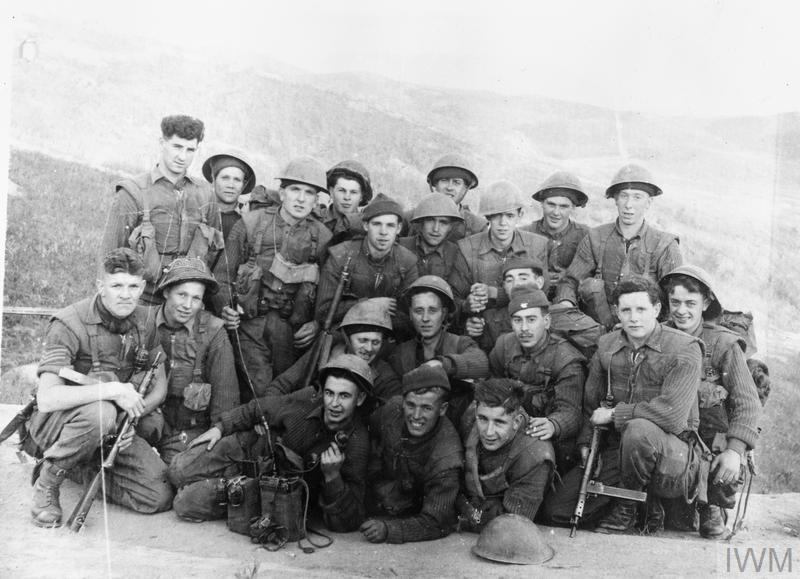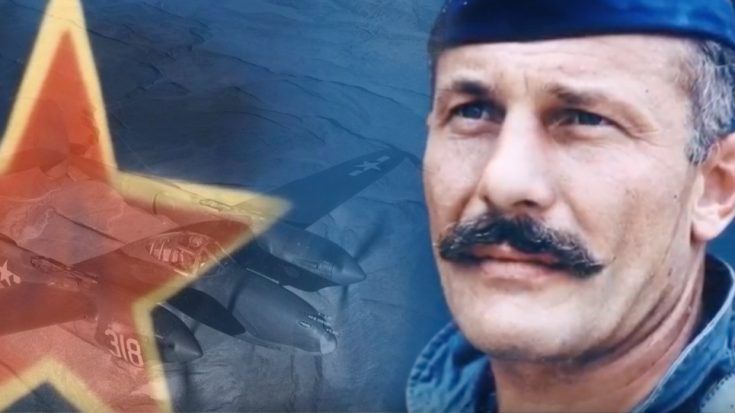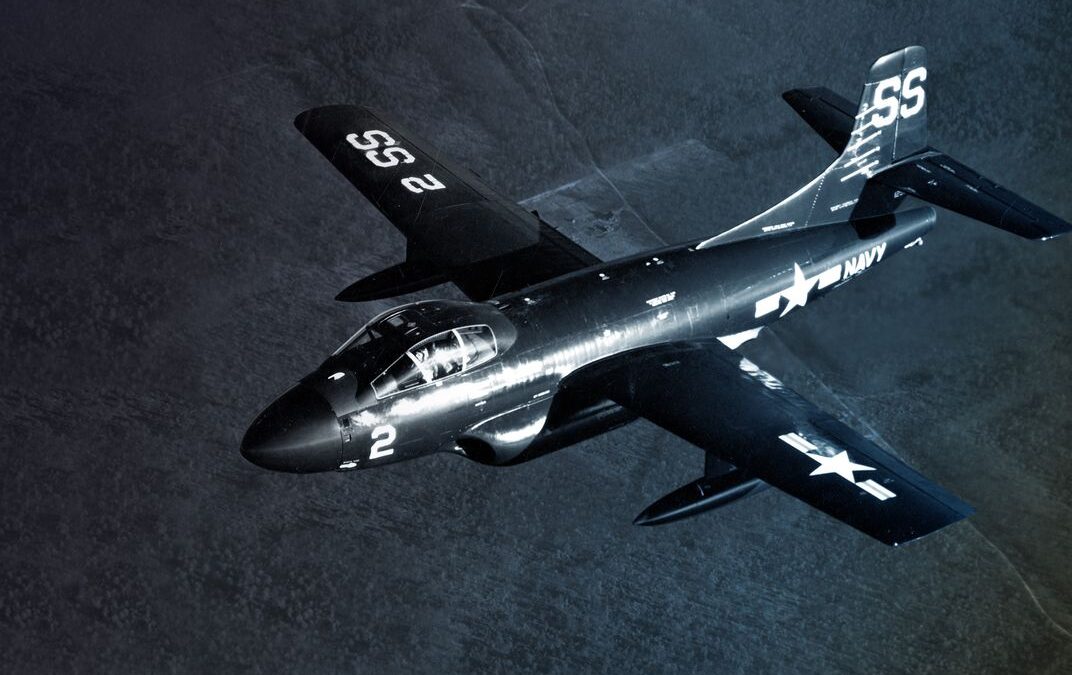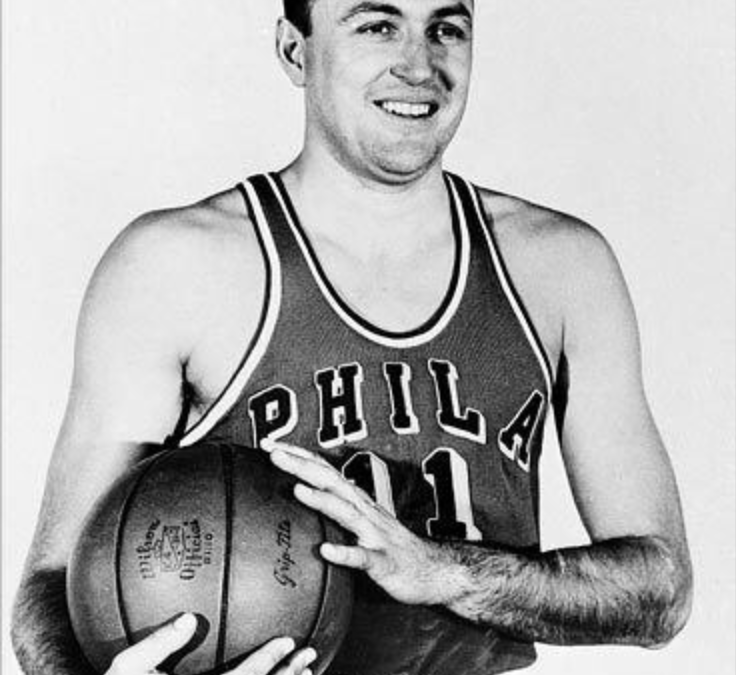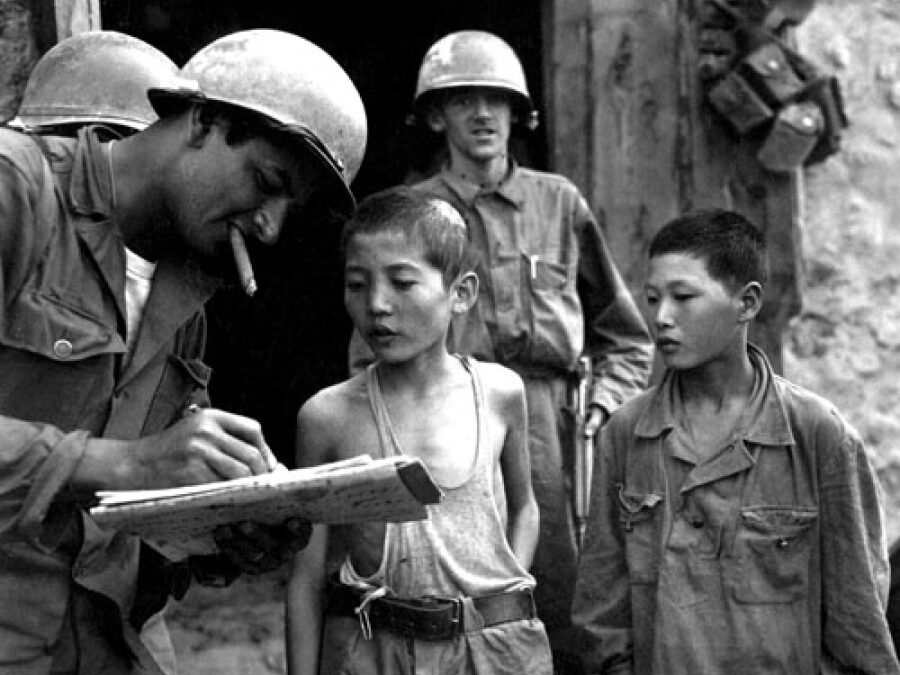Despite urban legends that say otherwise, Walt Disney was not the most famous person who had their remains cryogenically frozen in the hopes of a future revival. Disney wasn't frozen at all - but baseball legend and Korean War veteran Ted Williams was. The legend of Ted Williams' frozen body has been the subject of rumor and speculation that it was just as much a myth and urban legend as that of Walt Disney's. Mostly because his will stated that he wanted to be cremated. In the end, a "family pact" written on a bar napkin prevailed in court, and "The Thumper" went to the freezer. Widely regarded as one of the best baseball players in history, "Teddy Ballgame" caught hell from the American media when he appealed his 1-A draft classification early in World War II to change it to 3-A. He was his mother's sole source of financial support. He instead enlisted in the Naval Reserve. Ted Williams taken part in World War II and Korean War Williams spent the early years of World...

